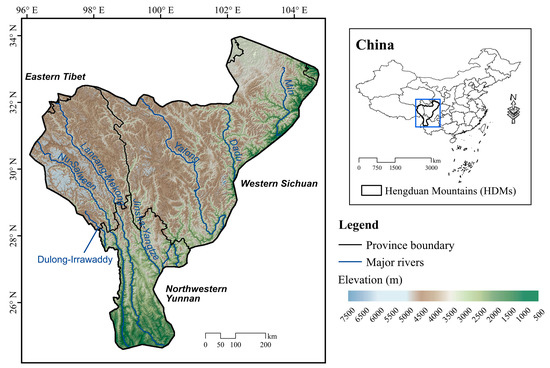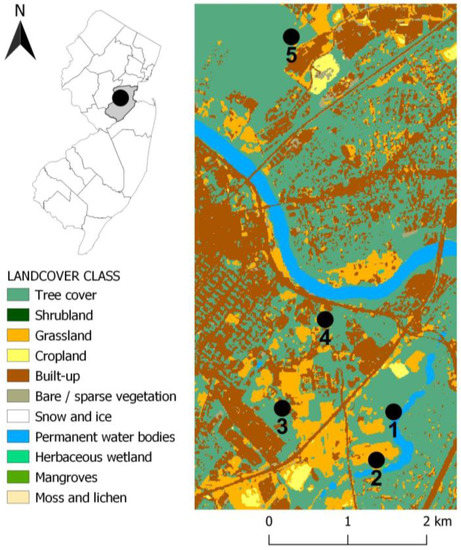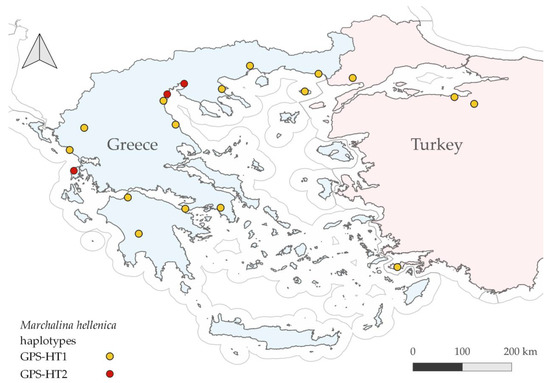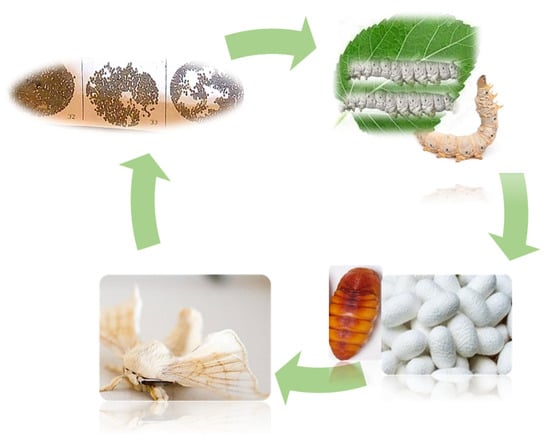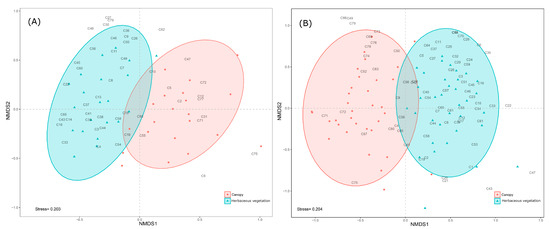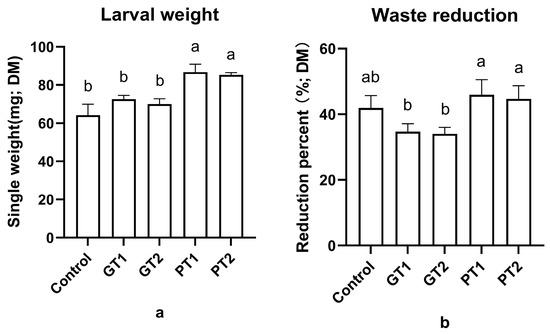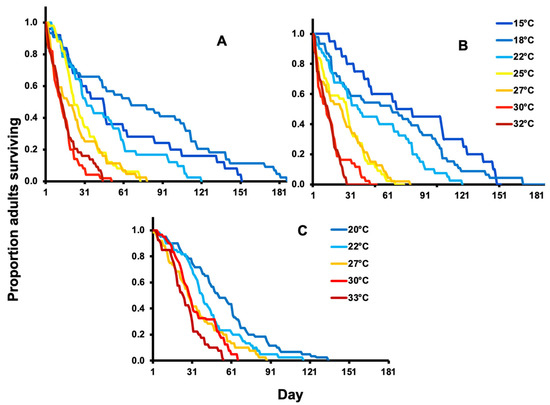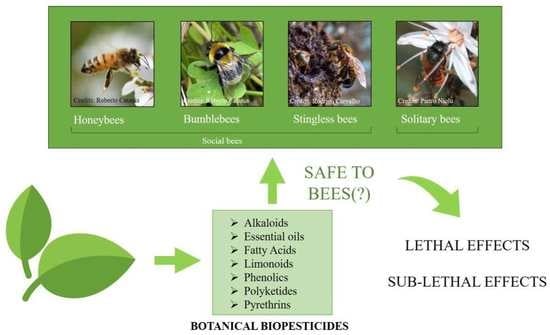Institute of Food Technology and Bioprocess Engineering, University of Applied Sciences Bremerhaven, An der Karlstadt 8, 27568 Bremerhaven, Germany
Insects 2023, 14(3), 261; https://doi.org/10.3390/insects14030261 - 6 Mar 2023
Cited by 20 | Viewed by 4057
Abstract
The use of insects as livestock feed is becoming increasingly accepted because they provide an important source of protein. The purpose of this study was to investigate the chemical composition of mealworm larvae (Tenebrio molitor L.) reared on a range of diets
[...] Read more.
The use of insects as livestock feed is becoming increasingly accepted because they provide an important source of protein. The purpose of this study was to investigate the chemical composition of mealworm larvae (Tenebrio molitor L.) reared on a range of diets that differed in nutritional composition. Focus was placed on the influence of dietary protein content on larval protein and amino acid composition. For the experimental diets, wheat bran was chosen as the control substrate. The following types of flour-pea protein, rice protein, sweet lupine, and cassava, as well as potato flakes, were mixed with wheat bran and used as the experimental diets. An analysis of the moisture, protein, and fat content was then carried out for all diets and larvae. Furthermore, the amino acid profile was determined. It was shown that supplementing the feed with pea and rice protein was most suitable in terms of high protein yield in larvae (70.9–74.1% dry weight) with low fat content (20.3–22.8% dry weight). The total amino acid content was highest in larvae that were fed with a mixture of cassava flour and wheat bran (51.7 ± 0.5% dry weight), as well as the highest content of essential amino acids (30.4 ± 0.2% dry weight). Moreover, a weak correlation between larval protein content and diet was identified, yet a stronger influence of dietary fats and carbohydrates on larval composition was found. This research could result in improved formulations of artificial diets for Tenebrio molitor larvae in the future.
Full article
(This article belongs to the Section Insect Physiology, Reproduction and Development)


